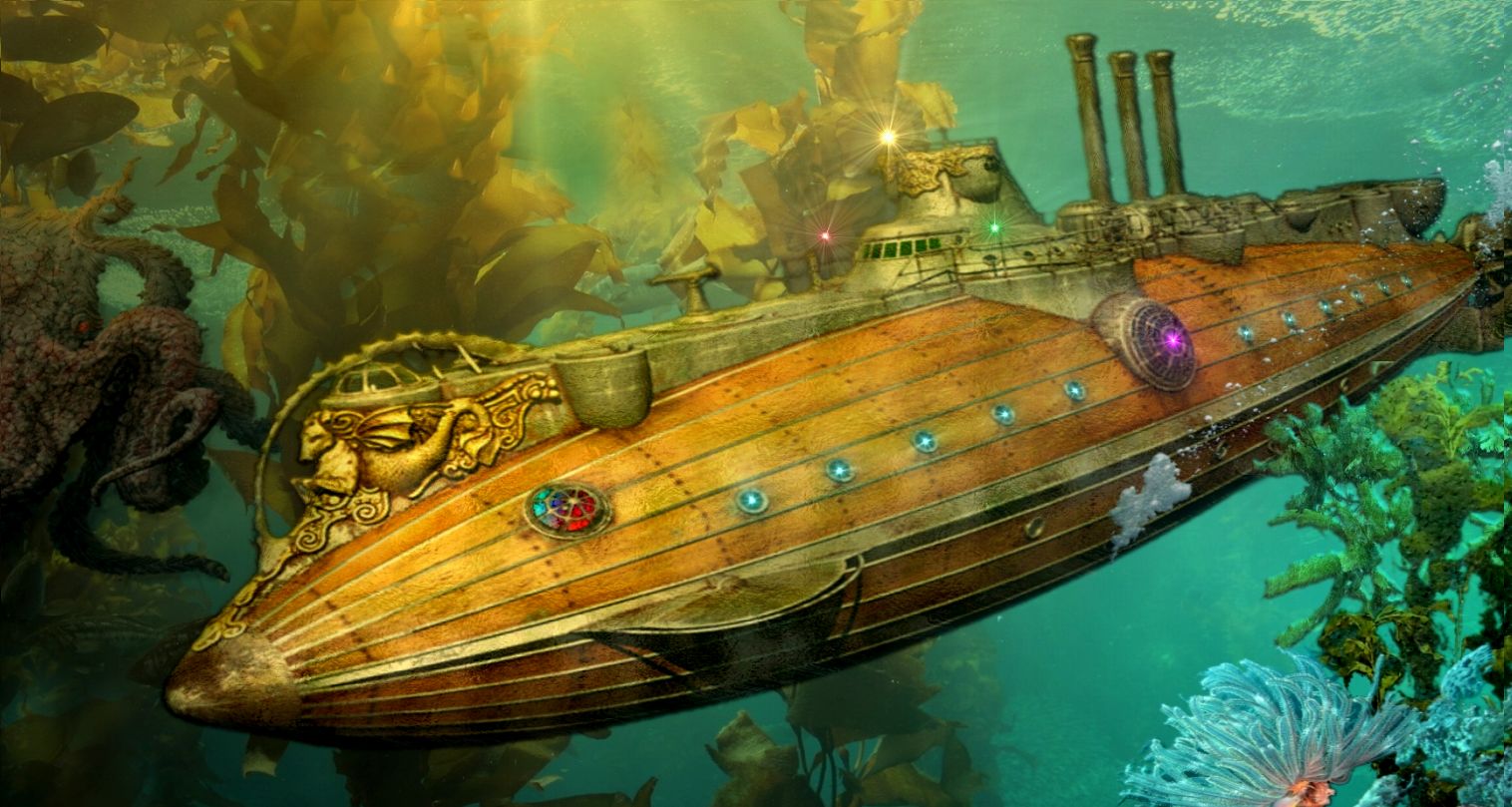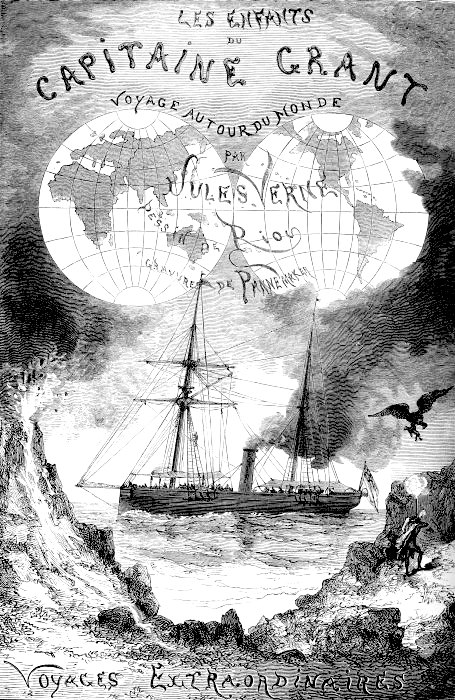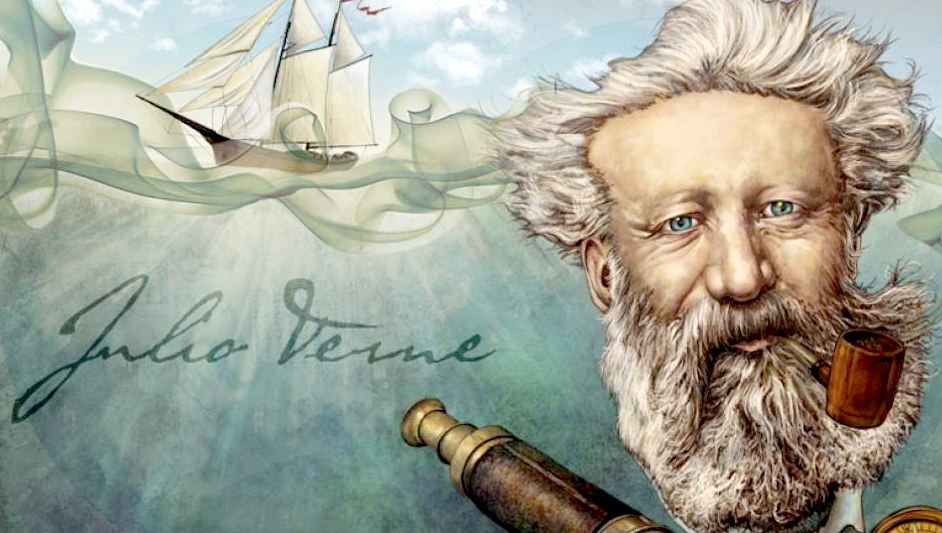|
IN SEARCH OF THE CASTAWAYS
Please use our A-Z INDEX to navigate this site or return HOME
|
|
Best
known for '20,000
Leagues Under the Sea' and Around
The World In Eighty Days, Jules Verne also authored a number of
other popular novels, that made it onto the big screen, such as 'The
Mysterious Island,' and 'Journey To The Centre Of The World.'
In search of the castaways centers on the search for the castaways and picks up from there; the main protagonist tries to decipher the clues in order to locate the missing castaways and that forms the bulk of the story. While this is not exactly science fiction, it nevertheless showcases Jules Verne’s attention to detail which makes the book stand out from the rest. It is Verne at his inimitable best which is why this book is ranked as one of his best books.
PLOT
The book tells the story of the quest for Captain Grant of the Britannia. After finding a bottle the captain had cast into the ocean after the Britannia is shipwrecked, Lord and Lady Glenarvan of Scotland contact Mary and Robert, the young daughter and son of Captain Grant, through an announcement in a newspaper. The government refuses to launch a rescue expedition, but Lord and Lady Glenarvan, moved by the children's condition, decide to do it by themselves. The main difficulty is that the coordinates of the wreckage are mostly erased, and only the latitude (37 degrees) is known; thus, the expedition would have to
circumnavigate the 37th parallel south. The bottle was retrieved from a
shark's stomach, so it is impossible to trace its origin by the currents. Remaining clues consist of a few words in three languages. They are re-interpreted several times throughout the novel to make various destinations seem likely like Chile, Argentina, Southern Tip of Australia, at some times New Zealand and even the Northern Most Part of Antarctica (to which they never sailed).
In Search of the Castaways (French: Les Enfants du capitaine Grant [The Children of Captain Grant]) is a novel by the French writer Jules Verne, published in 1867–68. The original edition, published by Hetzel, contains a number of illustrations by Édouard Riou. In 1876, it was republished by George Routledge & Sons as a three volume set titled A Voyage Round The World. The three volumes were subtitled South America, Australia, and New Zealand. As often with Verne, English translations have appeared under different names; another edition has the overall title Captain Grant's Children and has two volumes subtitled The Mysterious Document and Among the Cannibals.
Jules Verne was the author of many adventure stories:
1
Twenty Thousand Leagues Under the Sea
9
Round the Moon (Extraordinary Voyages, #7)
Jules Verne is also known as the Father of Science Fiction
|
|
ZEWT ALORS - The solar and wind powered 'Elizabeth Swann' will feature solar collectors and wind energy harvesting apparatus in an advanced configuration. Her hull configuration is ideal for mass hydrogen storage tanks, offering ranges of up to 4,000nm on compressed gas, and could circumnavigate the globe on one fill up of liquid hydrogen, stored in two cryogenic tanks. Unfortunately, at this stage not in under 80 days, to equal the famous Jules Verne round the world record.
|
|
It was Jules Verne's fictional character, 'Philleas Fogg', who suggested that it might be possible to travel Around The World In 80 Days. But what about doing it in a Zero Emission yacht driven by electric hydro-jets? With the advent of solar power and liquid hydrogen, it is a distinct possibility - on a scale of the wager that the legendary Philleas Fogg entered into at the Reform Club in 1872.
In 1874, Jules Verne set out a prescient vision that has inspired governments and entrepreneurs in the 147 years since. In his book The Mysterious Island, Verne wrote of a world where "water will one day be employed as fuel, that hydrogen and oxygen which constitute it, used singly or together, will furnish an inexhaustible source of heat and light, of an intensity of which coal is not capable."
In 2021 we have the technology to make that foretelling a reality, to include using hydrogen to travel around the world in 80 days.
JULES VERNE LINKS & REFERENCE
http://jules-verne.org/
|
|
Please use our A-Z INDEX to navigate this site or return HOME
This website is Copyright © 2021 Jameson Hunter Ltd
|



